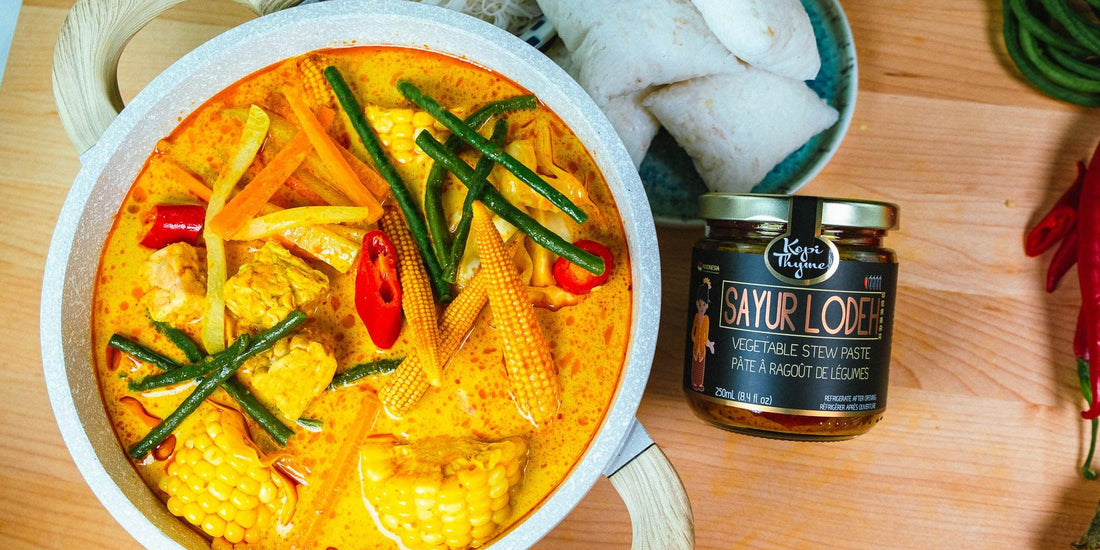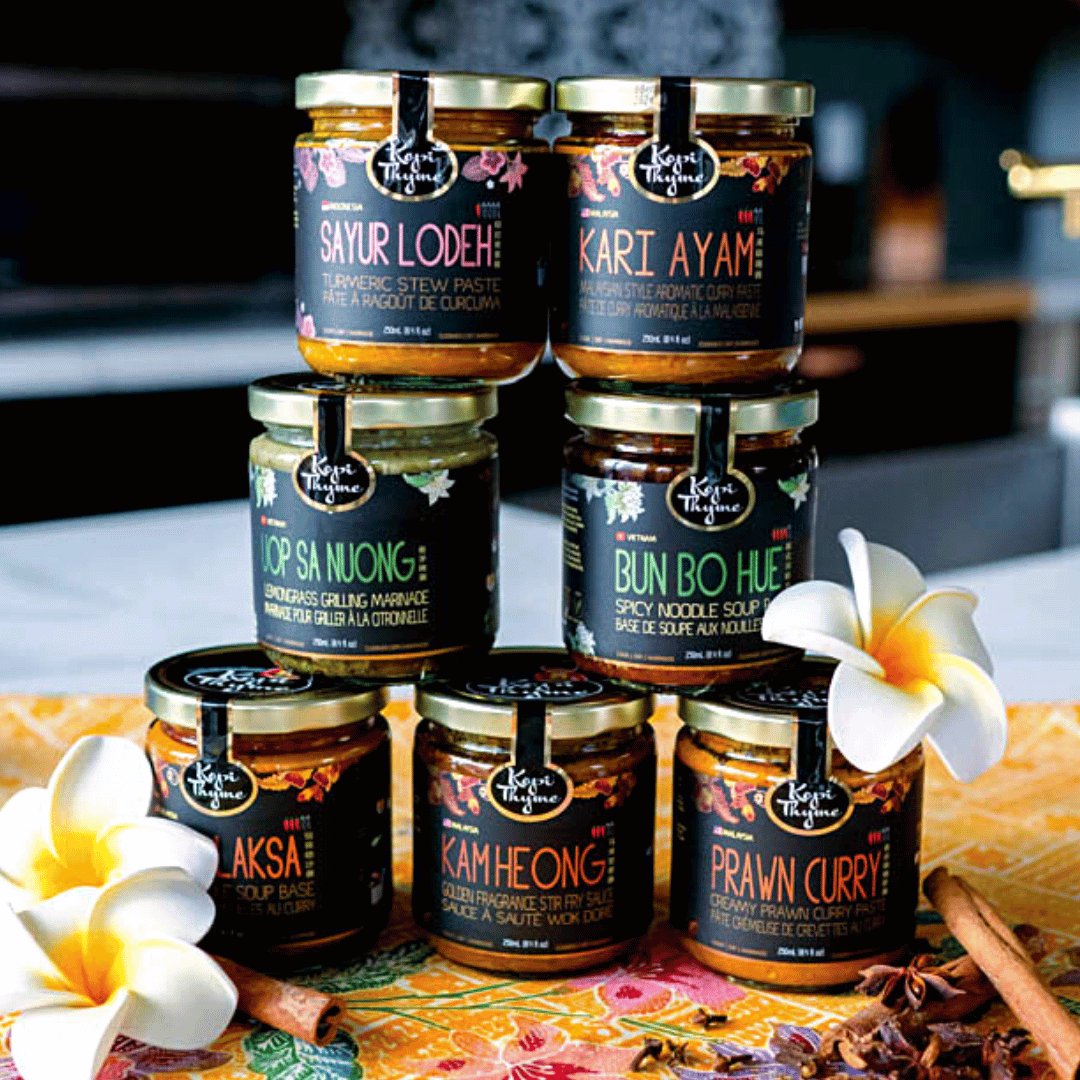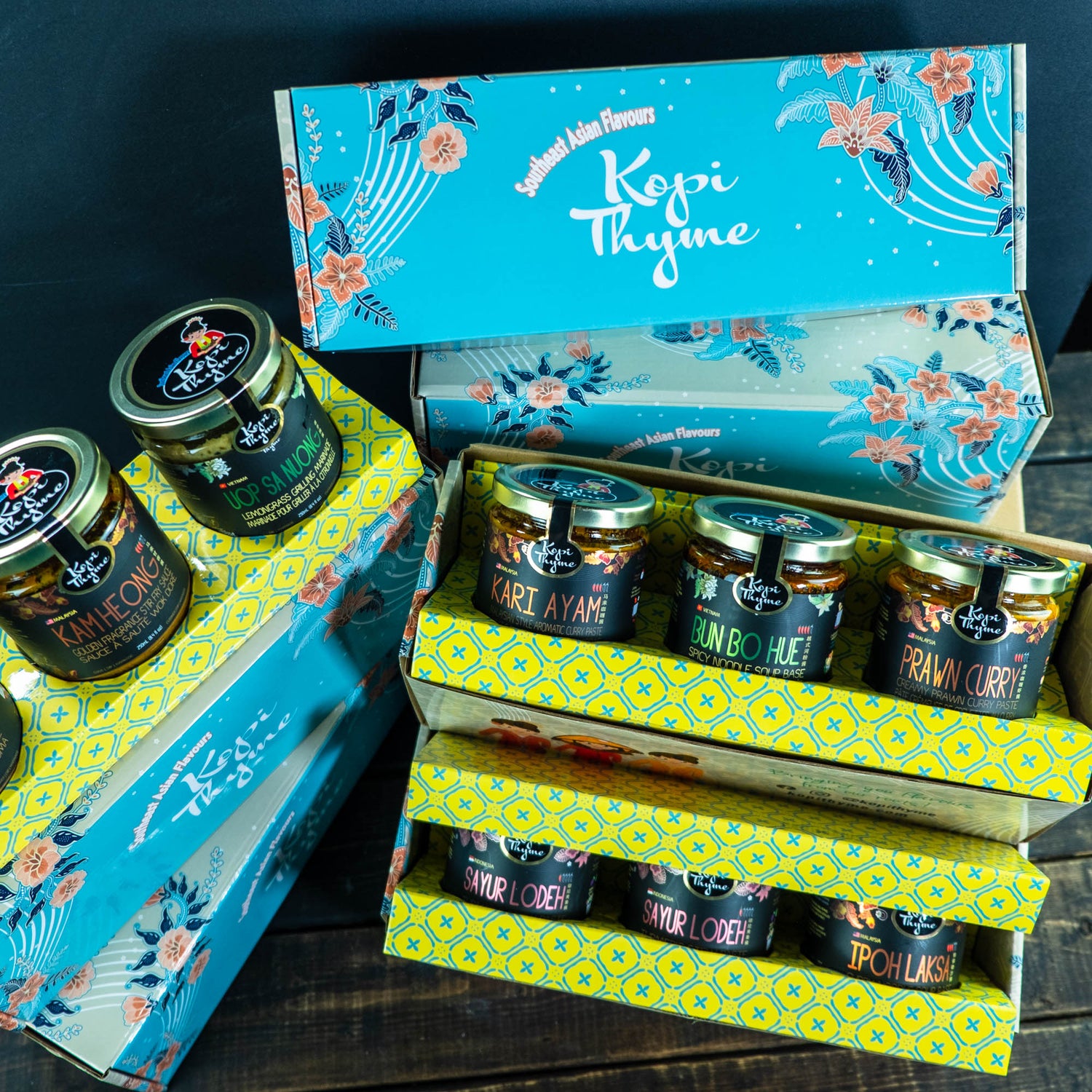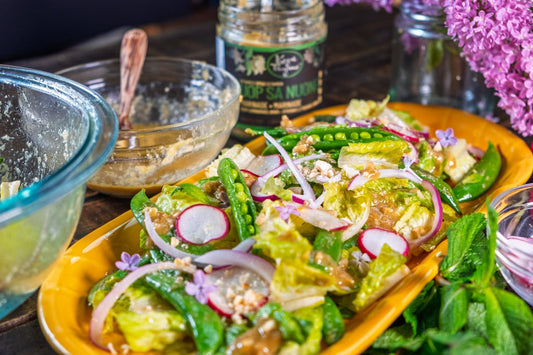
Share
How to Kopi Thyme
The History of Sayur Lodeh: A Celebrated Indonesian Heritage Dish
Sayur Lodeh, a beloved vegetable stew in Indonesia, is steeped in tradition and rich with cultural significance. This comforting dish is often served during celebrations, religious observances, and family gatherings, particularly in Javanese cuisine, where food carries deep symbolic meaning. Over time, Sayur Lodeh has spread across Southeast Asia, becoming a staple in Malaysia and Singapore, thanks to the shared history and close ties between these countries.
The Origins of Sayur Lodeh
The origins of Sayur Lodeh can be traced back to the 10th century, but its most notable development occurred in the 16th century. During this period, the Spanish and Portuguese introduced long beans to Java, Indonesia, which became a key ingredient in the dish. Legend has it that the tradition of making Sayur Lodeh began during a plague in Yogyakarta, on the island of Java. The Sultan ordered his people to prepare this dish as a way to bring the community together during quarantine, emphasizing social solidarity. Over time, this practice became ingrained in Javanese culture, especially during the slametan ceremony, a ritual of thanksgiving and celebration. Today, Sayur Lodeh is a traditional dish prepared during important events, like Lebaran (Eid), celebrated by Muslims, and Cap Go Meh, marking the end of the Lunar New Year celebrations for the Peranakan community.
Symbolism in the Ingredients
Sayur Lodeh is made with seven key ingredients, each of which carries symbolic meaning, particularly in the Javanese tradition. These ingredients; melinjo (olive-like fruit), melinjo leaves, chayote (squash), long beans, aubergine (eggplant), jackfruit, and tempeh are chosen not just for their flavours, but for the sounds of their syllables, which are believed to bring good fortune and avoid misfortune. The coconut-based stew is often prepared with a rich blend of vegetables, creating a colourful and harmonious dish that symbolizes prosperity and community unity.
Sayur Lodeh Across Indonesia
Though its origins are tied to Java, Sayur Lodeh has become a widely celebrated dish throughout Indonesia. Its simplicity and versatility have made it a favourite during festive occasions, such as Lebaran, when families gather to celebrate Eid al-Fitr, and Cap Go Meh, during the Chinese Lunar New Year. The dish’s light, non-spicy flavour makes it the perfect pairing for spicier, richer dishes like opor ayam (chicken cooked in coconut milk), empal gepuk (sweet beef), serundeng (spiced grated coconut), or the more intense rendang. Sayur Lodeh is often served alongside sambal terasi for a kick of heat, balancing the dish’s creaminess with spiciness.
The Versatility and Comfort of Sayur Lodeh
What makes Sayur Lodeh so special is its versatility. While the dish’s base remains simple, it can be customized to suit personal tastes or dietary needs. You can add your choice of vegetables, tofu, tempeh, or even seafood like shrimp, making it a flexible dish for any occasion. The simplicity of preparing the stew is another highlight. Just chop the vegetables, combine them with the coconut-based paste, and simmer for a few minutes to create a creamy, comforting stew.
For Sara, who grew up with this dish as part of her family’s Lebaran celebrations, Sayur Lodeh holds a deep personal connection. It’s a recipe passed down from her Oma (grandmother) to her mother and now to Sara herself. Being away from home and missing the comfort of this homemade dish led Sara to recreate it, sharing her family’s treasured recipe with others through Kopi Thyme. This family tradition has become a way for Sara to bring a taste of home and the warmth of family gatherings to others, no matter where they are.
GET COMFORTABLE!
Find something special and unique about this dish.
Now, with Kopi Thyme this is made possible in 2 simple steps!
Step 1: Choose Your Vegetables or Protein
Sayur Lodeh can be made with a variety of vegetables, depending on what you have on hand or your personal preferences. Suggested vegetables include:
- Carrot
- Long beans
- Baby corn
- Chayote
- Cabbage
- Eggplant (aubergine)
Protein options include tempeh, tofu, tofu puffs, boiled eggs, or shrimp—or you can add your own favourites.
Step 2: Make Your Stew
In a pot, add your chosen vegetables and protein. Then, mix in Kopi Thyme's Sayur Lodeh along with coconut milk and water. You can adjust the thickness of the stew by using coconut cream for a richer texture or adding less water for a lighter dish.
Best Ways to Enjoy Sayur Lodeh
Sayur Lodeh pairs wonderfully with:
- Rice
- Vermicelli (bee hoon/bihon)
- Ketupat or lontong (compact rice cakes)
This simple yet satisfying dish is perfect for any occasion and is sure to bring comfort and joy to your table.
Sila makan!
Different Ways to Enjoy Sayur Lodeh
Sayur Lodeh with Ketupat/Lontong (Compact Rice):

Sayur Lodeh with Tempeh:





